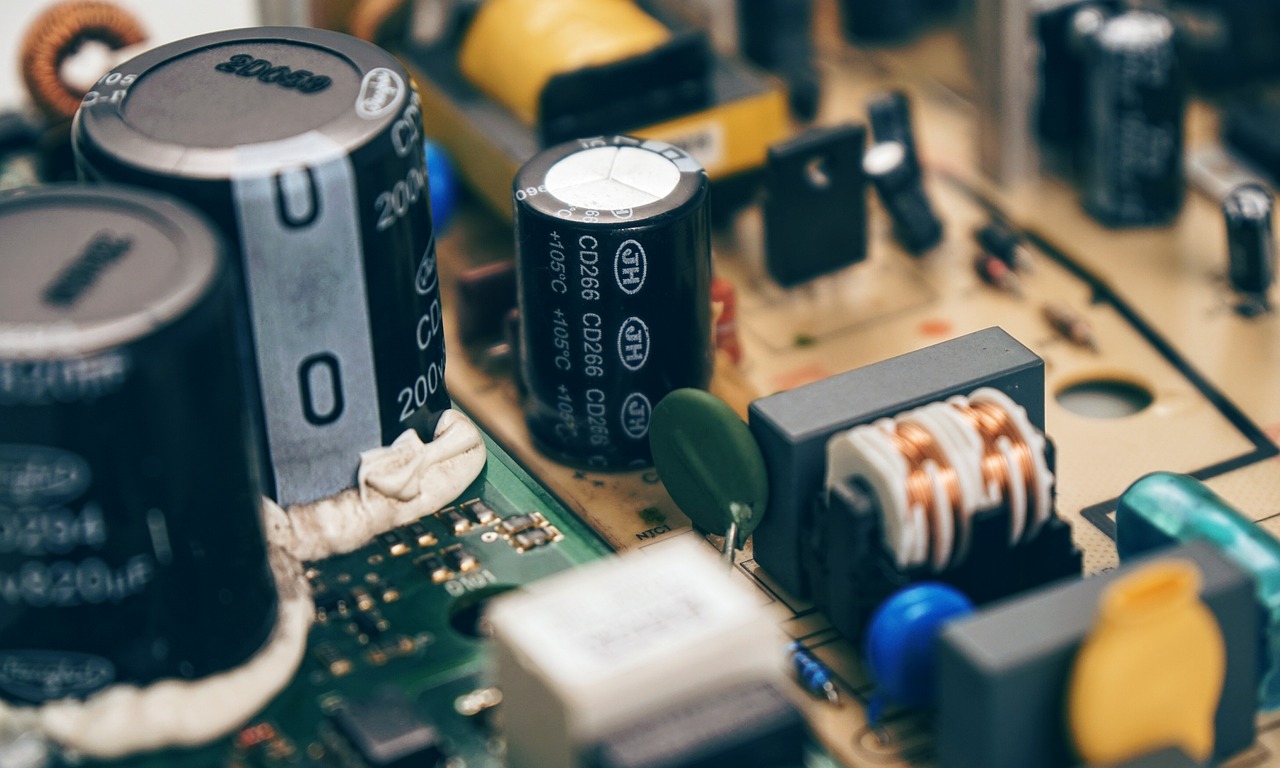The Future of Tech in Sustainable Building Practices
The sustainable construction industry faces numerous challenges that hinder its progress towards greater environmental responsibility. One major obstacle is the upfront costs associated with implementing eco-friendly practices and materials. Despite the long-term benefits of reduced energy consumption and lower maintenance costs, many developers and contractors are hesitant to invest in sustainable construction due to the initial financial outlay required.
In addition to financial barriers, another challenge lies in the lack of awareness and education within the construction industry regarding sustainable practices. Many professionals may not be familiar with the latest green building technologies and techniques, making it difficult to incorporate sustainable principles into their projects. Without proper training and resources, the adoption of environmentally-friendly practices may be slow and inconsistent across the industry.
Innovative Technologies for Energy-Efficient Buildings
One cutting-edge technology that is revolutionizing the construction industry is the use of Building Information Modeling (BIM). BIM allows architects, engineers, and construction professionals to create detailed 3D models of buildings, enabling them to visualize and optimize energy-efficient designs before construction begins.
Another innovative technology gaining popularity in energy-efficient buildings is smart HVAC systems. These systems use advanced sensors and algorithms to dynamically adjust heating, cooling, and ventilation based on occupancy levels and external weather conditions. By optimizing energy usage in real-time, smart HVAC systems not only reduce energy consumption but also enhance occupant comfort and productivity in buildings.
What are some common challenges faced in the sustainable construction industry?
Some common challenges include high initial costs, lack of awareness about sustainable practices, resistance to change from traditional construction methods, and the need for skilled labor to implement new technologies.
How can innovative technologies help make buildings more energy-efficient?
Innovative technologies such as smart sensors, energy-efficient HVAC systems, solar panels, and green roofs can help reduce energy consumption, improve indoor air quality, and lower utility costs in buildings.
Are energy-efficient buildings more expensive to construct than traditional buildings?
While the initial costs of constructing energy-efficient buildings may be higher, the long-term savings on energy bills and maintenance costs typically outweigh the initial investment.
How can building owners benefit from investing in energy-efficient technologies?
Building owners can benefit from increased property value, reduced operating costs, improved tenant satisfaction, and compliance with green building regulations by investing in energy-efficient technologies.
Are there any government incentives or programs available to support energy-efficient construction?
Yes, many governments offer incentives such as tax credits, grants, and rebates to encourage the adoption of energy-efficient technologies in buildings. It is advisable for building owners to research and take advantage of these programs.





